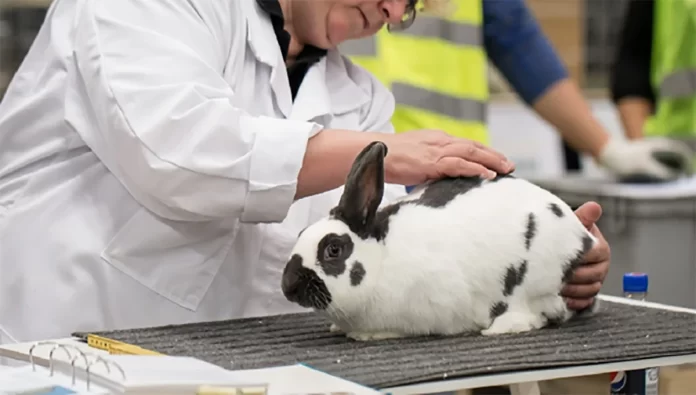Animal Testing Reduction offered by AI: Updates on AI & Technology by Outreinfo
Animal testing is when living animals are used in scientific research to find out how effective a new medicine is, or how safe a product is for humans. Scientists in favour of it argue that animal testing shows whether medicines are safe or dangerous for humans, and has saved many lives. But animal rights campaigners say it’s cruel, and also ineffective because animals and humans are so different. Under British law, medicines must be tested on two different types of animals, usually starting with rats, mice or guinea pigs. And in everyday English, the term ‘human guinea pig’ can be used to mean the first people to have something tested on them. But now, groups both for and against animal testing are thinking again, thanks to a recent development in the debate: AI.
In this program, we’ll be hearing how artificial intelligence could help reduce the need for scientific testing on animals. For the latest Updates on AI & Technology by Outreinfo, we’ll explore how AI’s role in this field is evolving. But what are the commonly used medicine in particular, which is harmful for animals but safe for humans? Christine Ro is a science journalist who’s interested in the animal testing debate explains the limitations of testing medicines on animals. Christine Ro says, you can’t necessarily predict from a mouse or a dog what’s going to happen in a human, and there have been a number of cases where substances that have proven to be toxic in animals have been proven to be safe in humans, and vice versa.
There are also, of course, animal welfare limitations to animal testing. Most people, I think, if they had the choice, would want their substances to be used on as few animals, or no animals, as possible, while still ensuring safety. Now that’s been a really difficult needle to thread, but AI might help to make that more possible. Christine says that medicines which are safe for animals might not be safe for humans. But the opposite is also true – what’s safe for humans might not be safe for animals.
Christine uses the phrase ‘vice versa’ to show that the opposite of what she says is also true. Christine also uses the idiom ‘to thread the needle’ to describe a task, which requires a lot of skill and precision, especially one involving a conflict. Medical animal testing may save human lives, but many people see it as cruel and distressing for the animal – it’s a difficult needle to thread. But now, the challenge of threading that needle has got a little easier because of artificial intelligence. Predicting how likely a new medicine is to harm humans, involves analysing the results of thousands of experiments. And one thing AI is really good at, is analysing mountains and mountains of data.
So, AI isn’t the whole picture, of course, but it’s an increasingly important part of the picture. And one reason for that, is that there is a huge amount of toxicology data to wade through when it comes to determining chemical safety. And on top of that, there’s this staggering number of chemicals being invented all of the time.
AI helps scientists wade through huge amounts of data. If you wade through something, you spend a lot of time and effort doing something boring or difficult, especially reading a lot of information. AI can process huge amounts of data, and what’s more, that amount keeps growing as new chemicals are invented. Christine uses the phrase ‘on top of that’ meaning in addition to something, often this extra thing is negative.

